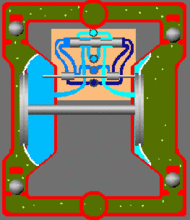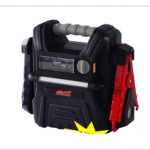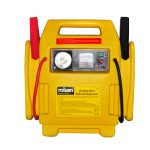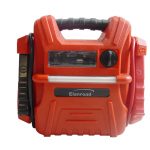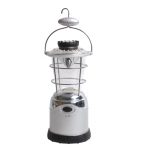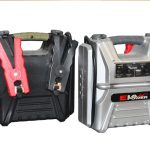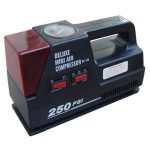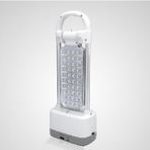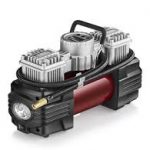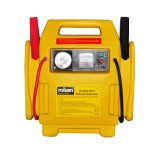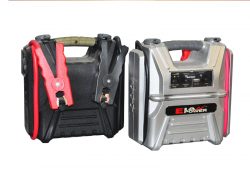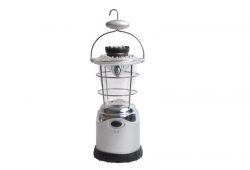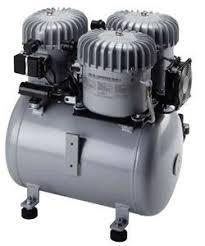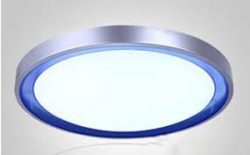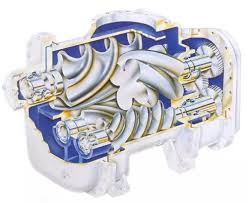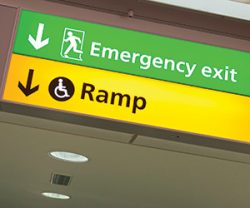Linsheng – 5 Questions About Pneumatic Double Diaphragm Pump
linsheng stated that the pneumatic double diaphragm pump (AODDP) requires the correct pressure (PSI, pounds per square inch) and air (CFM, cubic feet per minute) to deliver the right amount of liquid. A typical pneumatic diaphragm curve shows the correct pressure and CFM required to provide the required flow on the discharge head.
Here are 5 questions and answers about the pneumatic double diaphragm pump.
Question 1: Pressure is high but CFM is too low
In many pneumatic diaphragm (AOD) applications, the end user has sufficient pressure on the meter readings, but does not know the available CFM. It is equally important to have the correct amount of CFM because it is the pressure to reach the desired flow rate. Many end users may claim that their double diaphragm pump reads 100 psi, but they do not get the required GPM as promised in the flow curve.
In this case, remember that the pump pressure is required to reach the desired flow point, but the CFM determines the actual output in the GPM. The pump pressure overcomes the discharge head and the CFM determines the actual gallons pumped per minute.
CFM meters can be installed in air lines to determine the number of CFMs at a given location in the facility. Note that one BHP = 5-cfm.
Question 2: The air supply hose/pipe is too small
Each AODD pump requires a certain amount of CFM to provide the required GPM. Correctly adjust the size of the air supply hose and water supply line to ensure that the pump is supplied with a sufficient amount of CFM.
Suppose your pneumatic pump application requires 40-cfm, pressure is 80-psm, and 100-gpm is available. You installed a 10 foot long 3/8 inch air hose and wondered why it never reached 100 gallons per minute. The maximum CFM for 3/8 inch air hoses is 30-cfm. The pump will never output 100 gallons per minute because there is not enough CFM available to the pump to achieve the required flow rate of 100 gallons per minute.
If the air supply hose is increased to 1⁄2-in and can pass 60-cfm, the required 100-gpm can be achieved. The same is true for hard pipes. By increasing the pipe from 2 inches to 2.5 inches, the CFM function is increased from 500-cfm to 2,000-cfm.
The size of the air hose and supply tubing is often neglected and not only creates problems with the pneumatic pump, but also creates problems with any pneumatic equipment.
Question 3: The air supply system layout is incorrect
The correct piping layout of the compressed air system is critical to achieving maximum performance of the pneumatic pump. Pneumatic pumps usually do not function properly due to poor piping design.
Remember to discharge the water and compressor oil out of the air motor of the pneumatic pump. The air supply pipe supplying the pneumatic pump should come from the inverted tee to prevent the water and compressor oil from seeping into the air motor of the air pump. Excessive water and oil in the air motor will prevent the air pump from executing and may cause the pump to stop.
Question 4: The air conditioner is too small
If the pneumatic pump requires 50-cfm at 100-psi to pump 120-gpm, and the pump is fitted with an appropriately sized air line to pass 50-cfm but still does not provide the required 120-gpm? Further investigation revealed that the installed air conditioner reading was 100-psi, but could only pass through 25-cfm.
Due to the shortage of CFM, the pump will never provide the required GPM. The solution is to install a regulator that can reach 120-gpm with 50-cfm. This potential problem is usually overlooked when installing an air regulator to determine the rated CFM.
The main problem in this area is that typical end users will use regulators online to control pump speed (CFM), which determines the number of gallons pumped. When the pressure on the air conditioner is simultaneously increased and decreased, the CFM is increased or decreased. There is a hole inside the regulator when adjusting the pressure, which increases or decreases the speed of the pneumatic pump. When a regulator is used to control speed, it may not be possible to provide sufficient pressure to overcome the discharge head and thus achieve the flow that may be required for the application.
Question 5: The air pump is running too fast and burning compressed air
Remember the speed of the CFM instead of the pressure control air pump. Install the needle valve after the regulator is properly installed to achieve the desired air pump speed.
If the air pump must be operated at a constant speed regardless of the supply pressure, install the needle valve out of sight and set the desired CFM to maintain a constant speed of the air pump.
A new air motor can be preset to ensure that the air pump operates at a constant speed to avoid excessive cost of compressed air.
https://www.linsheng.com
